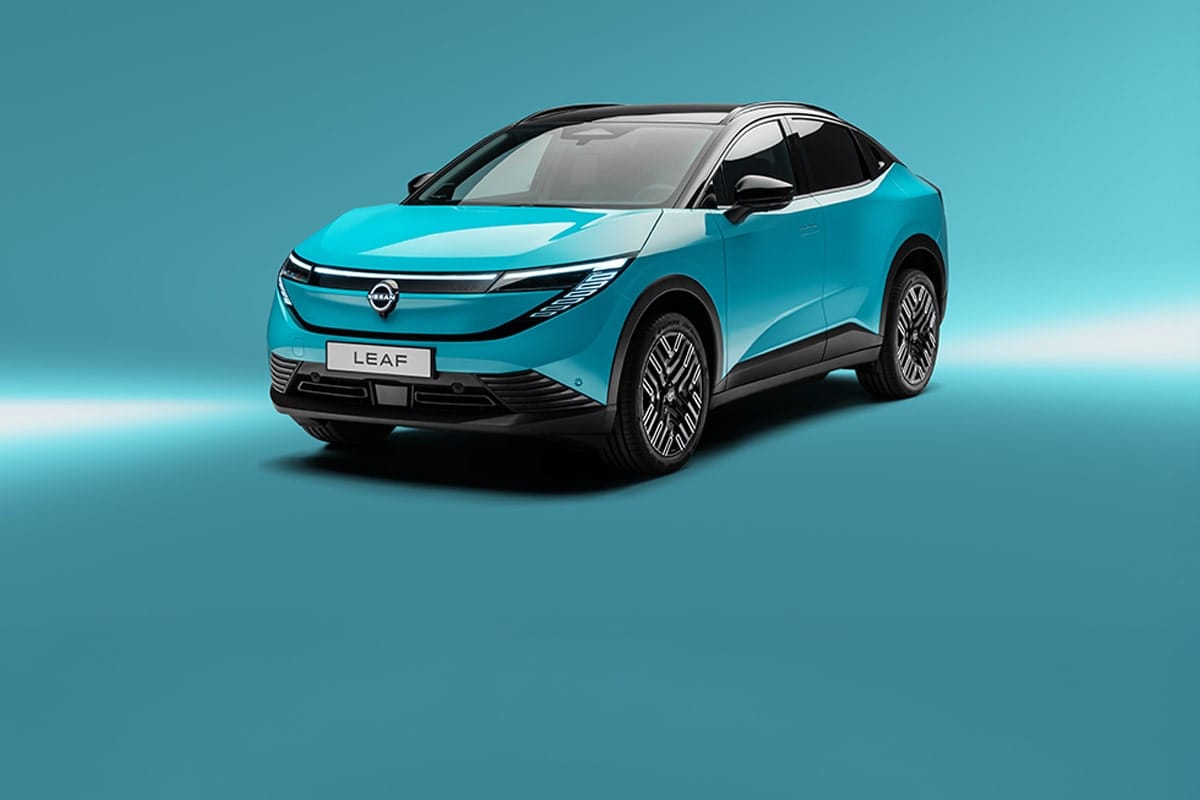
"La eficiencia eléctrica es el factor principal" - Shunsuke Shigemoto sobre el nuevo Nissan Leaf
Cualquiera que recuerde los primeros días de la movilidad eléctrica conocerá bien el Nissan Leaf. El modelo se presentó en Yokohama en agosto de 2009 y se considera el primer coche eléctrico de producción en serie diseñado como tal desde el principio. Sin embargo, los primeros usuarios también recuerdan sus limitaciones prácticas: la carga rápida repetida a través de CHAdeMO en viajes largos provocaba el sobrecalentamiento de la batería, lo que se traducía en una potencia de carga estrangulada. La carga rápida se volvía penosamente lenta, dando lugar al término "Rapidgate".
La nueva tercera generación del Nissan Leaf pretende relegar al pasado estas carencias técnicas de su pionero predecesor. Se basa en 15 años de experiencia en vehículos eléctricos. Según Shunsuke Shigemoto, Vicepresidente de Tecnología ePowertrain, Investigación e Ingeniería Avanzada en el centro de desarrollo de Nissan en el Reino Unido, en Cranfield, el Leaf ha sido fundamentalmente rediseñado para atraer tanto a los recién llegados al VE como a los usuarios experimentados. La nueva plataforma "AmpR Medium", en la que también se basa el Renault Megane E-Tech, permite una batería más grande de 75 kWh manteniendo las dimensiones compactas del vehículo. Como resultado, alcanza una autonomía WLTP de más de 600 kilómetros, gracias a la mejora de la densidad energética de la batería, a una aerodinámica optimizada y a una cadena cinemática eléctrica eficiente.
En esta entrevista exclusiva con electrive.com al margen de la EVS38 de Gotemburgo, Shigemoto hace hincapié en la facilidad de uso diario: más espacio interior, un suelo plano del vehículo y un rendimiento de carga mejorado con una corriente continua constante de 150 kW y una curva de carga plana. El nuevo Leaf renuncia deliberadamente a un sistema de 800 voltios, ya que es innecesario para este segmento de vehículos. Un motor de nuevo desarrollo, altamente eficiente, y una moderna gestión térmica de la batería garantizan un rendimiento fiable en cualquier condición meteorológica. Nissan también está introduciendo la capacidad de conexión a la red eléctrica (V2G) con el nuevo Leaf. Para Shigemoto, se trata del mejor vehículo de su carrera hasta la fecha: un VE con visión de futuro diseñado para establecer nuevas referencias en un mercado cada vez más maduro. Por qué está tan seguro de esta valoración, puede leerlo aquí:
En 2010, el Nissan Leaf fue un pionero, un auténtico precursor de la movilidad eléctrica. ¿Cómo describiría la última versión, la tercera generación, que Nissan acaba de presentar?
En 2010, nadie tenía un coche eléctrico de batería con una batería de iones de litio en su interior. Fue un hito clave no sólo para Nissan, sino probablemente para toda la industria y el segmento de los VE con batería. Desde entonces, hemos visto avances técnicos por parte de todos los fabricantes de equipos originales. Hoy en día, los clientes han adquirido experiencia: hemos vendido 700.000 Leaf en todo el mundo, 290.000 de ellos en Europa, y la gente empieza a entender lo que es un VE de batería.
Por ejemplo, con el Leaf saliente, algunos clientes que eligieron una batería más grande se dieron cuenta de que sólo necesitaban una pequeña, o viceversa. Así que creo que el mercado ha madurado hasta un punto en el que los clientes saben lo que quieren de un coche.
Pero sigue siendo una fracción del mercado global, y todavía vamos a ver muchos compradores de VE por primera vez. Hemos diseñado el nuevo Leaf para satisfacer las necesidades de este público maduro y, al mismo tiempo, dar la bienvenida a los recién llegados, haciendo que el coche sea intuitivo, fácil de conducir y sencillo de manejar. Ese es el enfoque clave de este nuevo Leaf. Se trata de una reinvención, no sólo del estilo y las prestaciones, sino también de asegurarnos de no olvidar a los compradores de VE primerizos.
¿Diría que Nissan se adelantó demasiado con el primer Leaf?
No lo creo. Todos tenemos que empezar por algún sitio. Un buen ejemplo es el primer Prius. Tardaron unos diez años en establecer lo que es un híbrido, y luego el resto es historia. Creo que ocurre algo parecido con los coches eléctricos de batería: hizo falta mucho tiempo para que la gente se convenciera de comprar uno. Pero ahora, con una infraestructura disponible en casi todas partes, los clientes se sienten más seguros comprando BEV. Empezamos en 2010, y eso nos ha llevado a donde estamos hoy. Si hubiéramos empezado más tarde, no estoy seguro de que estaríamos aquí hablando del nuevo Leaf o tendríamos la infraestructura que existe ahora.
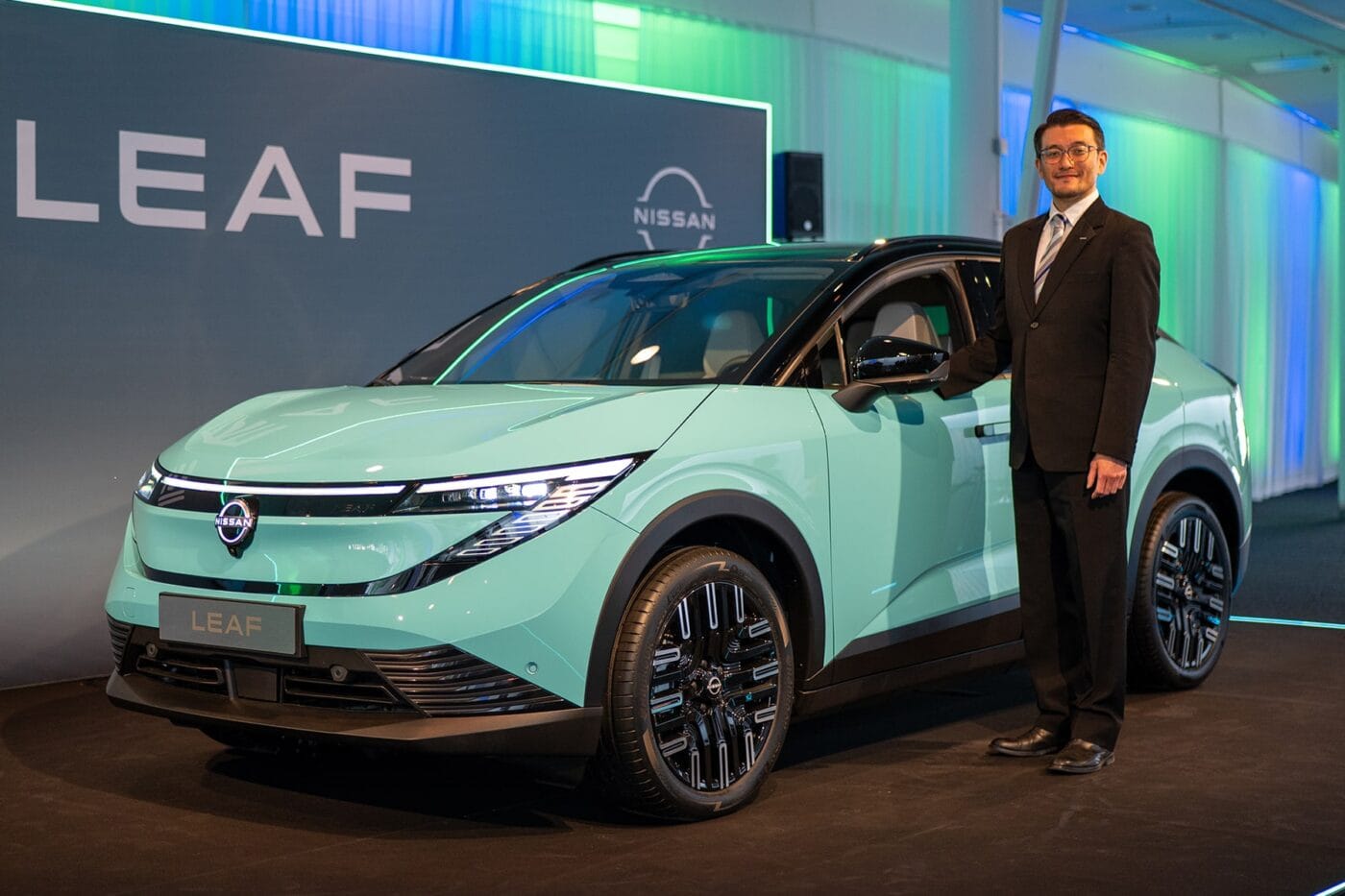
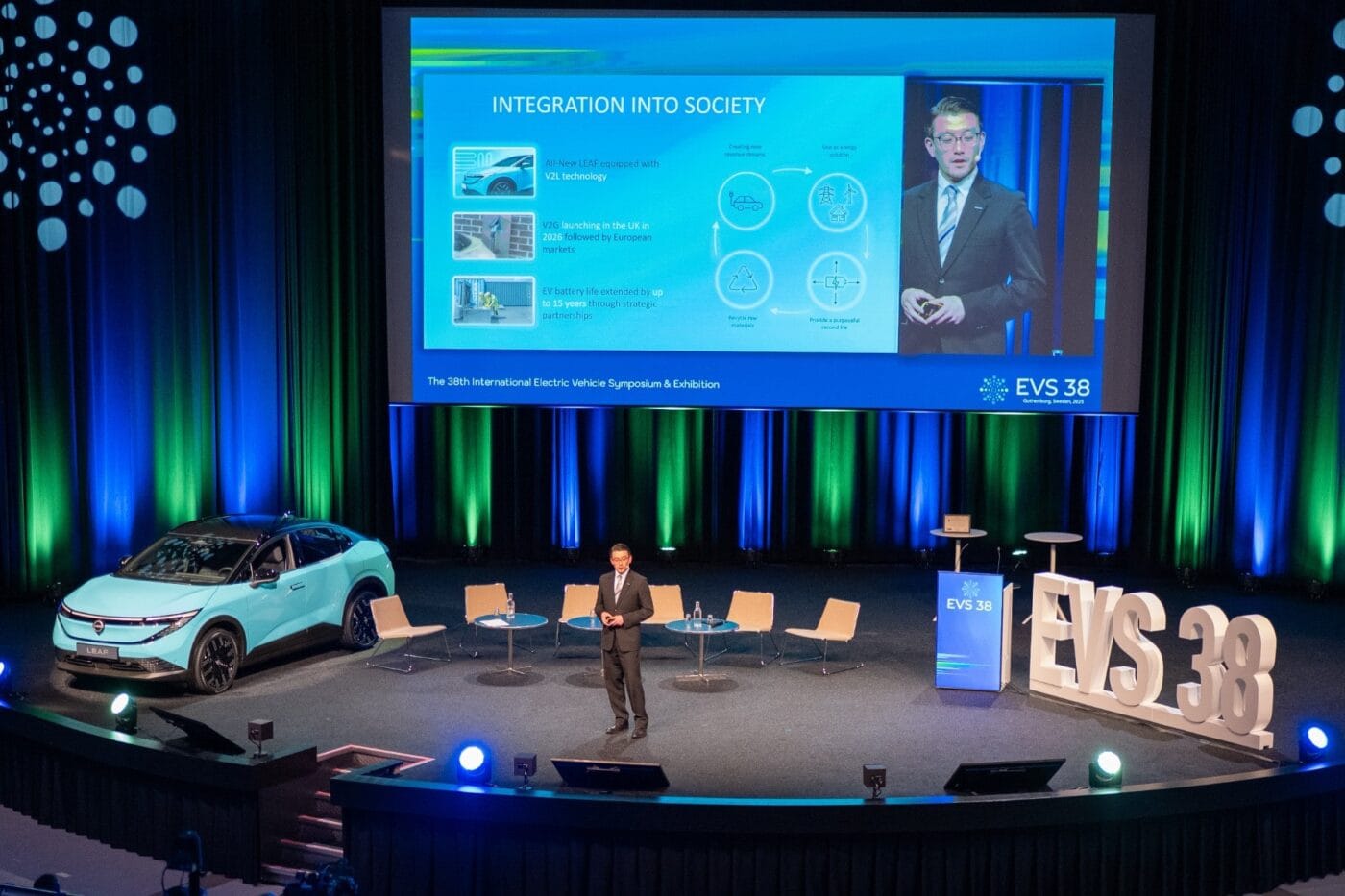
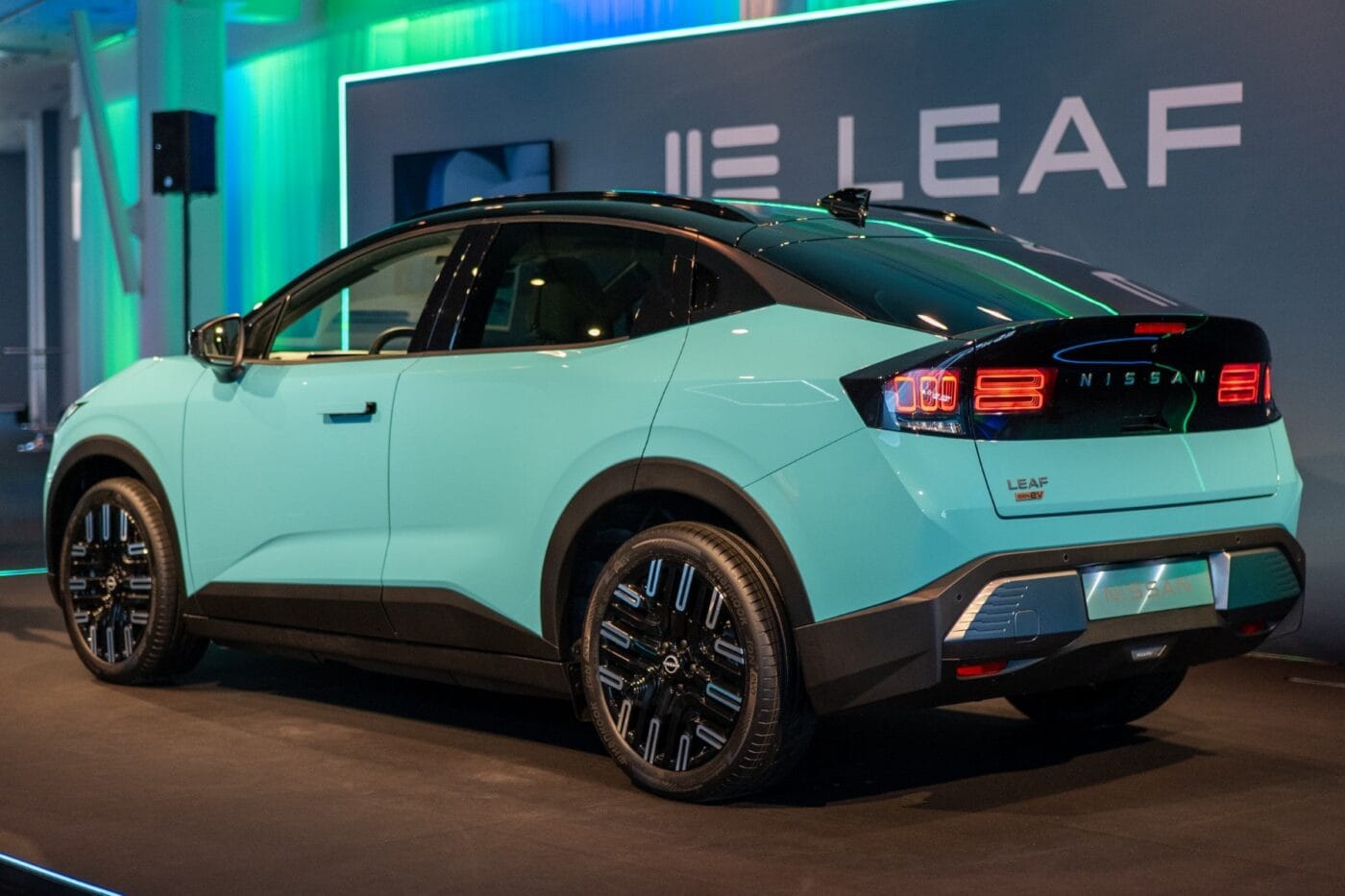
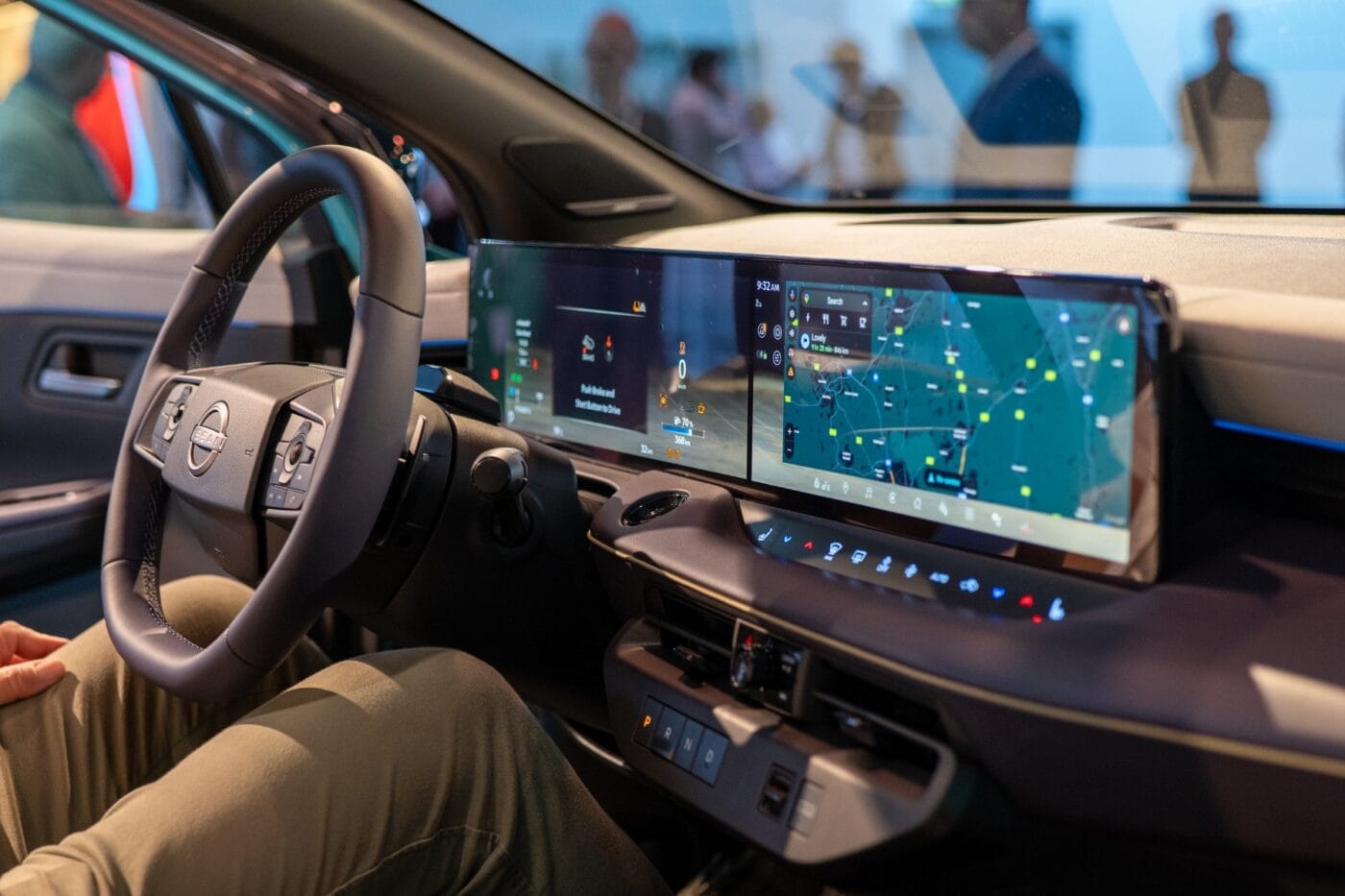
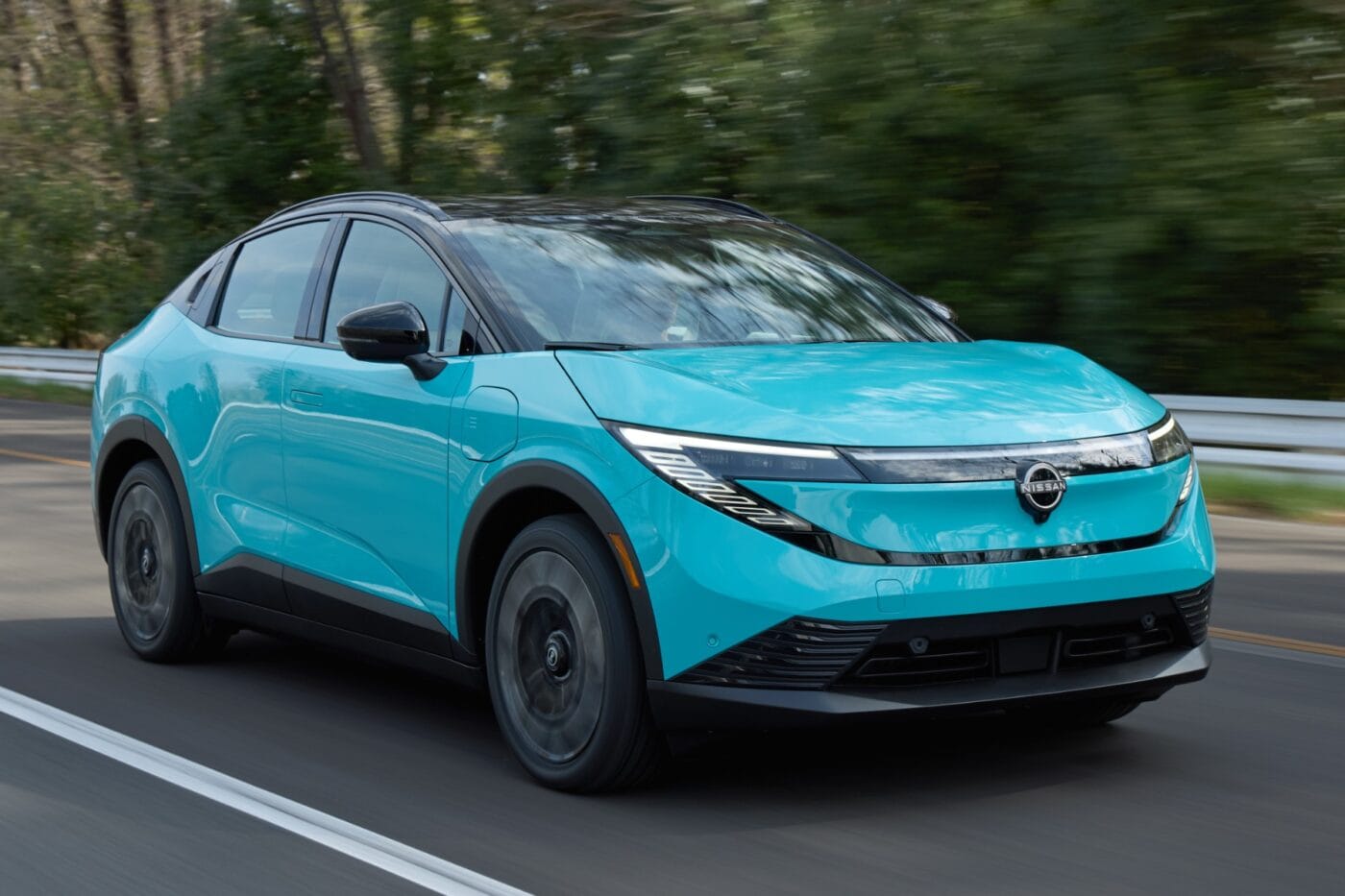
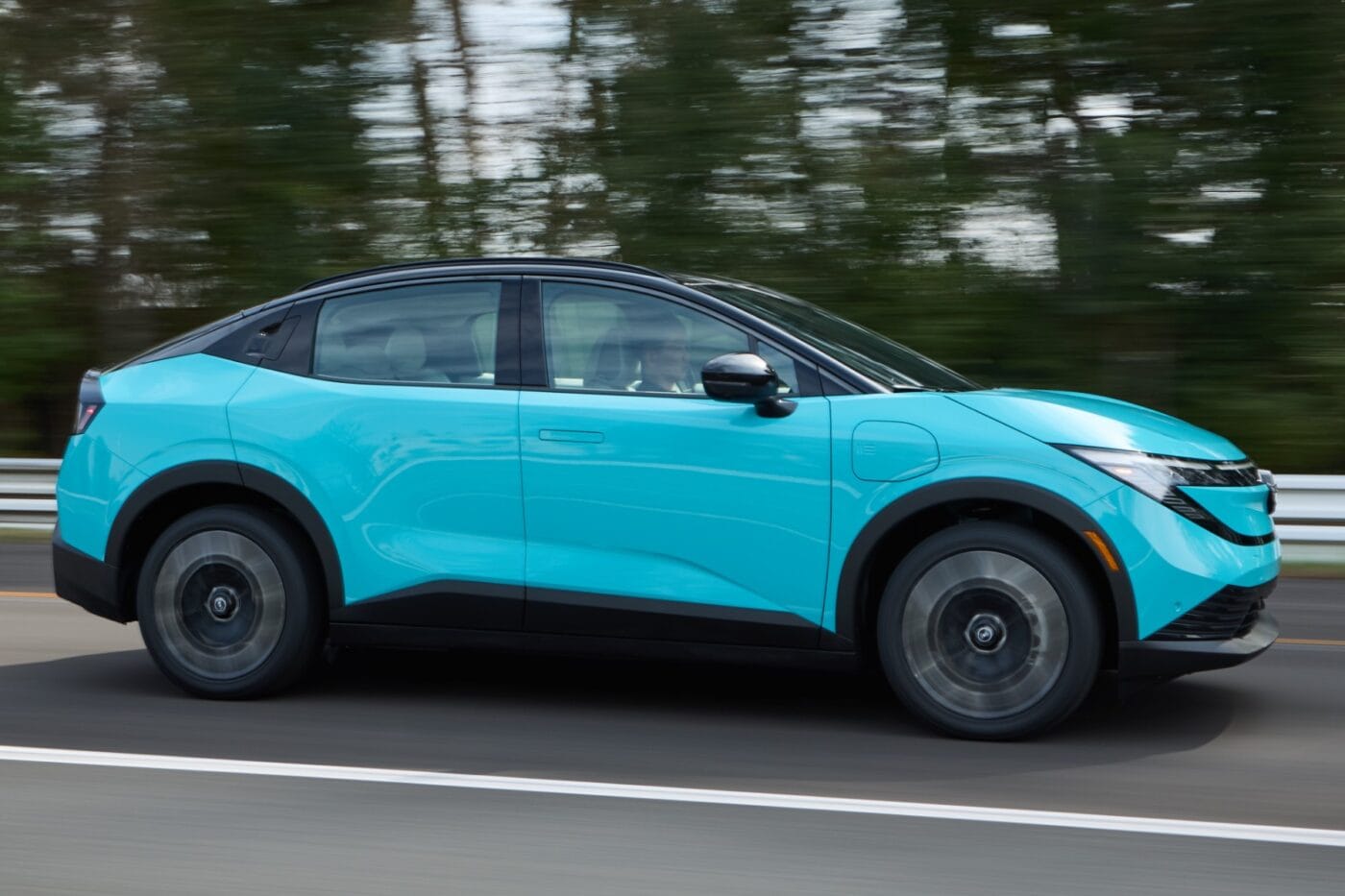
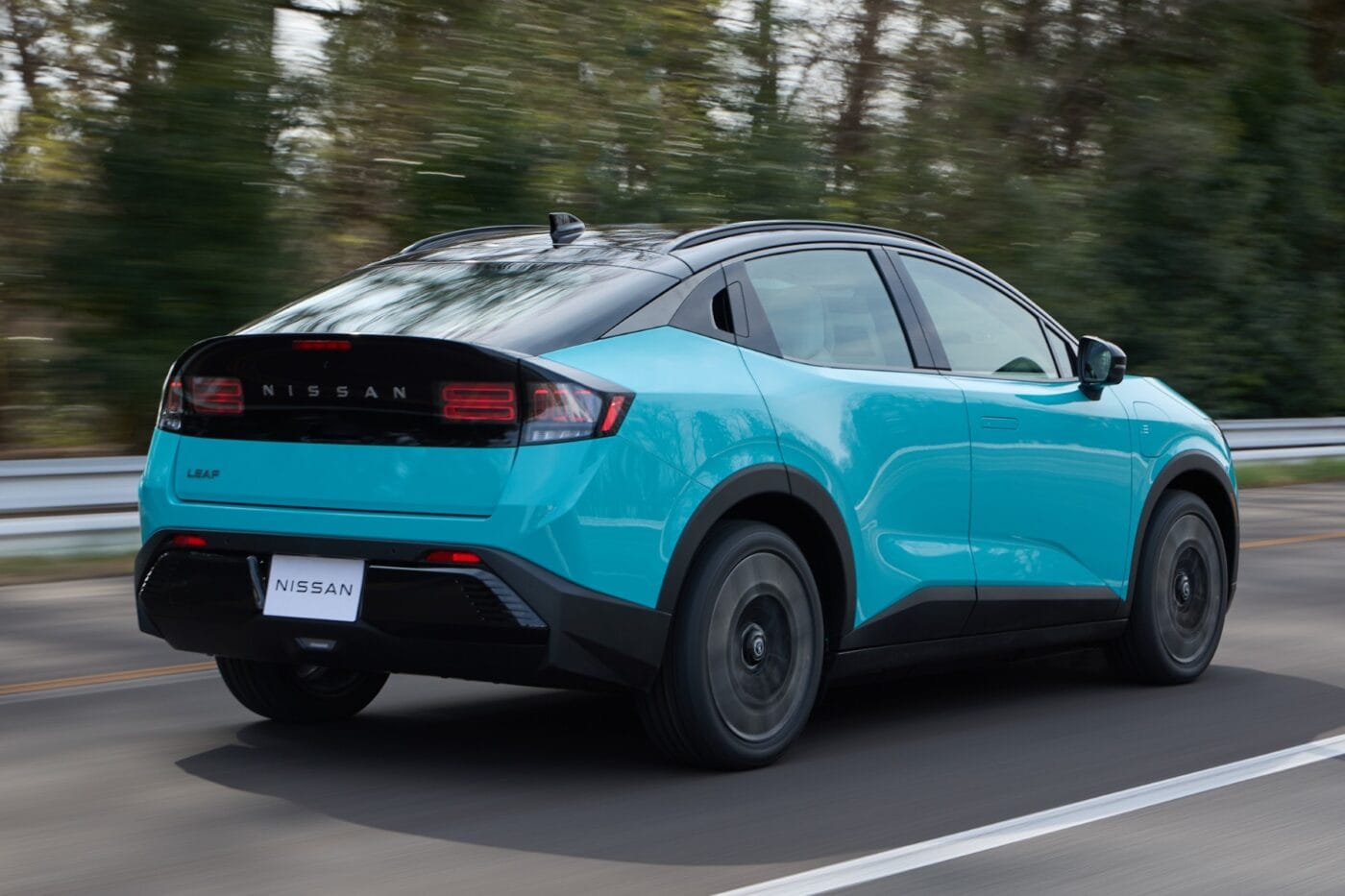
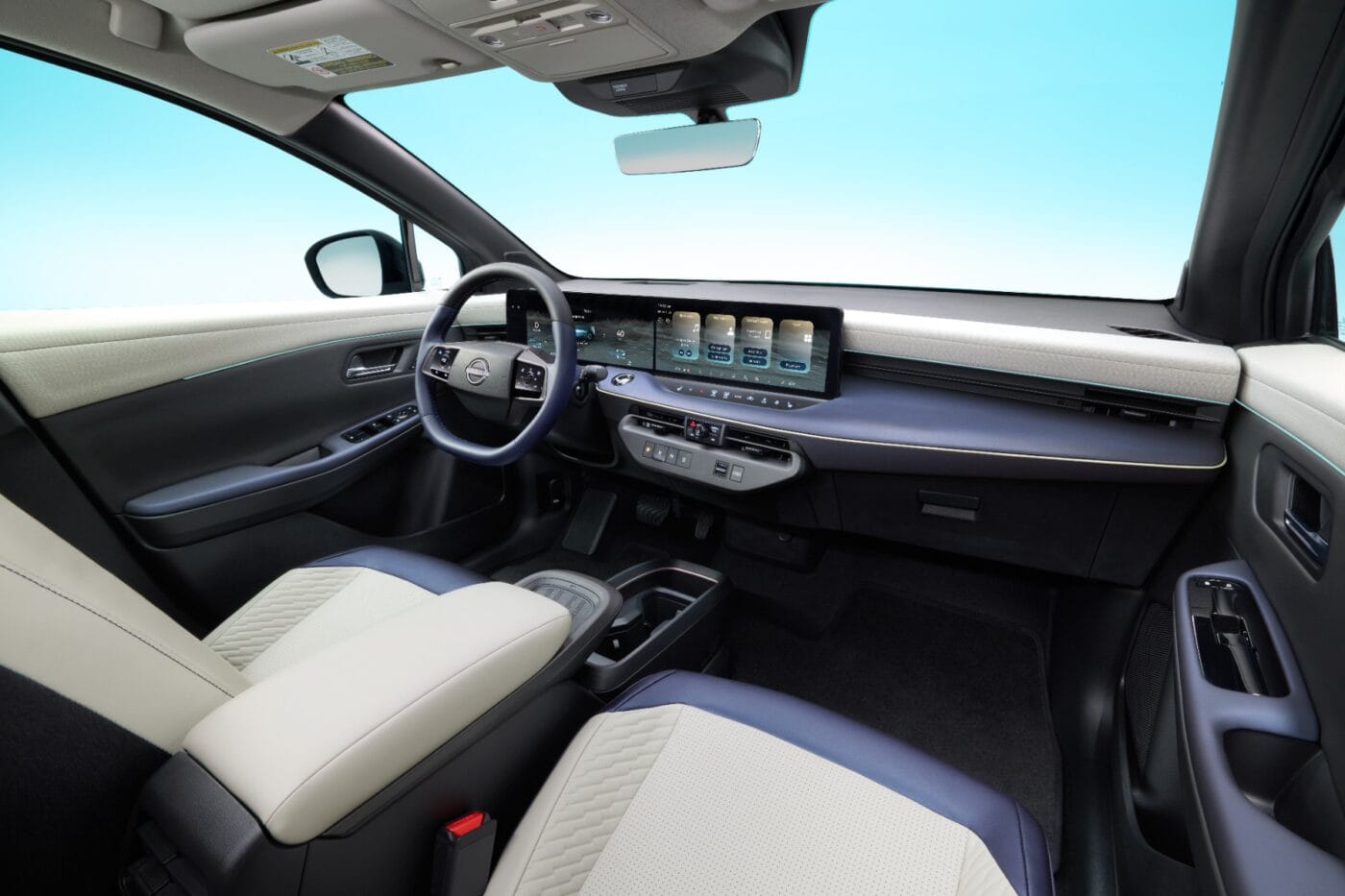
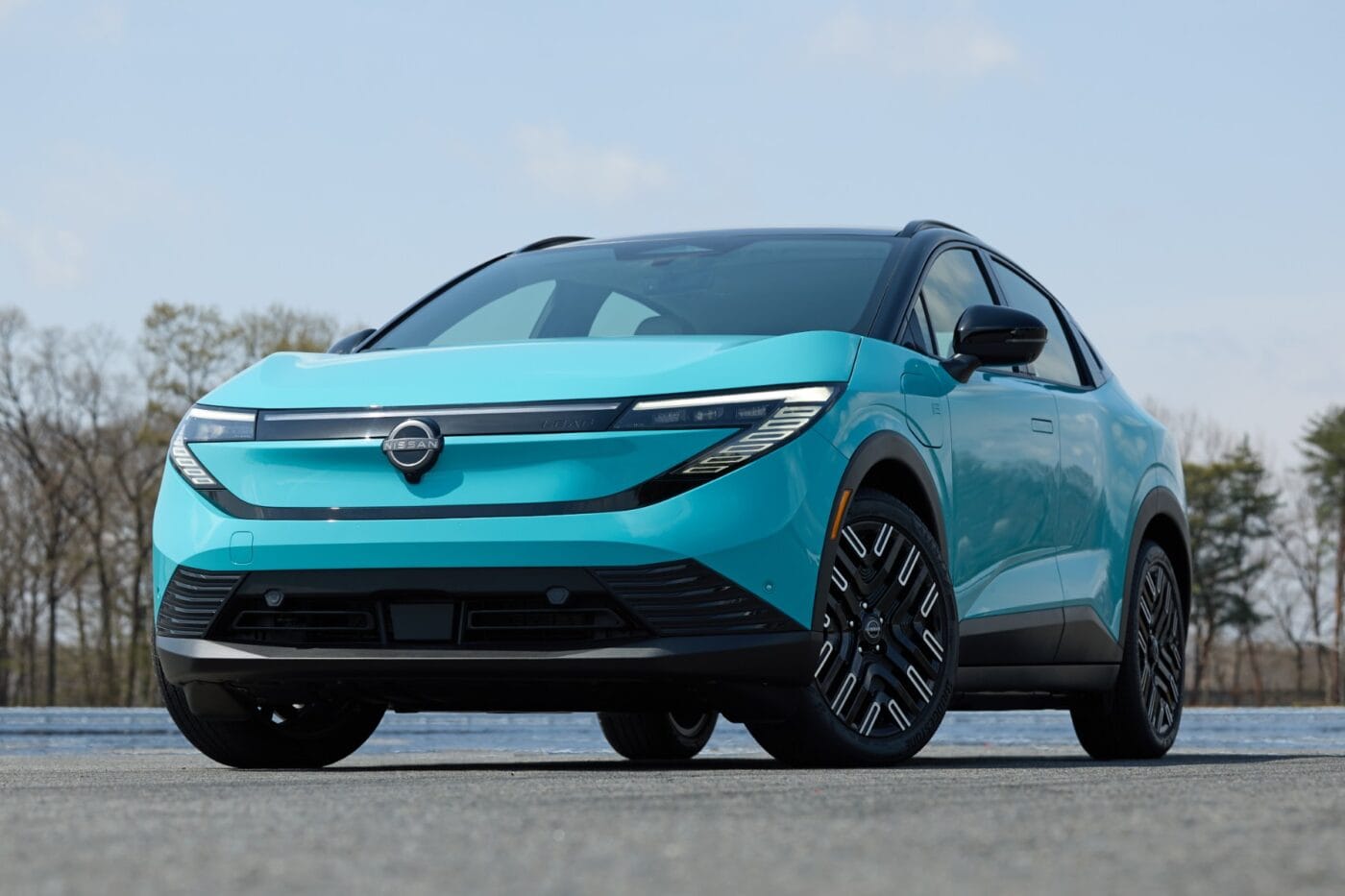
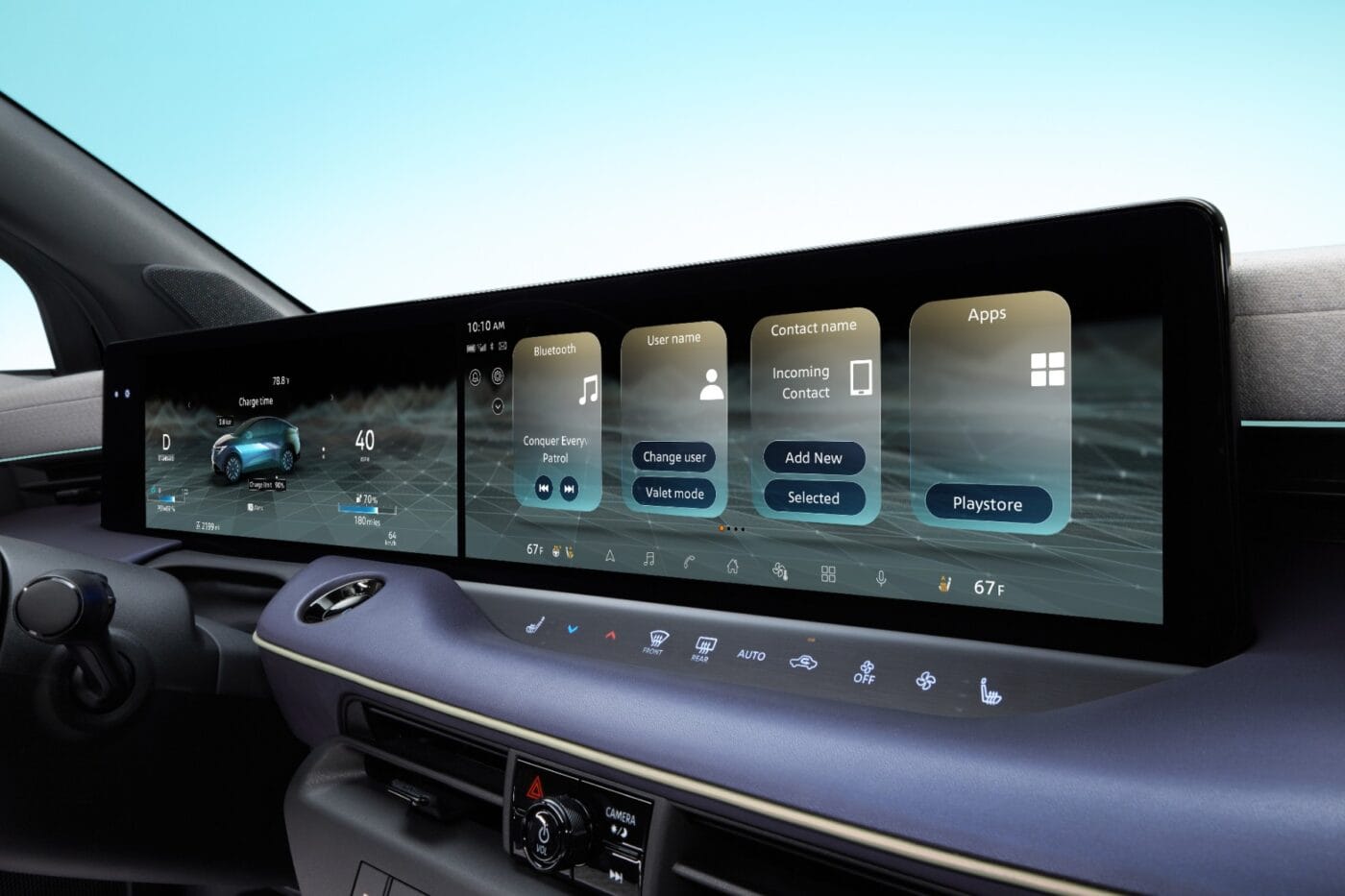
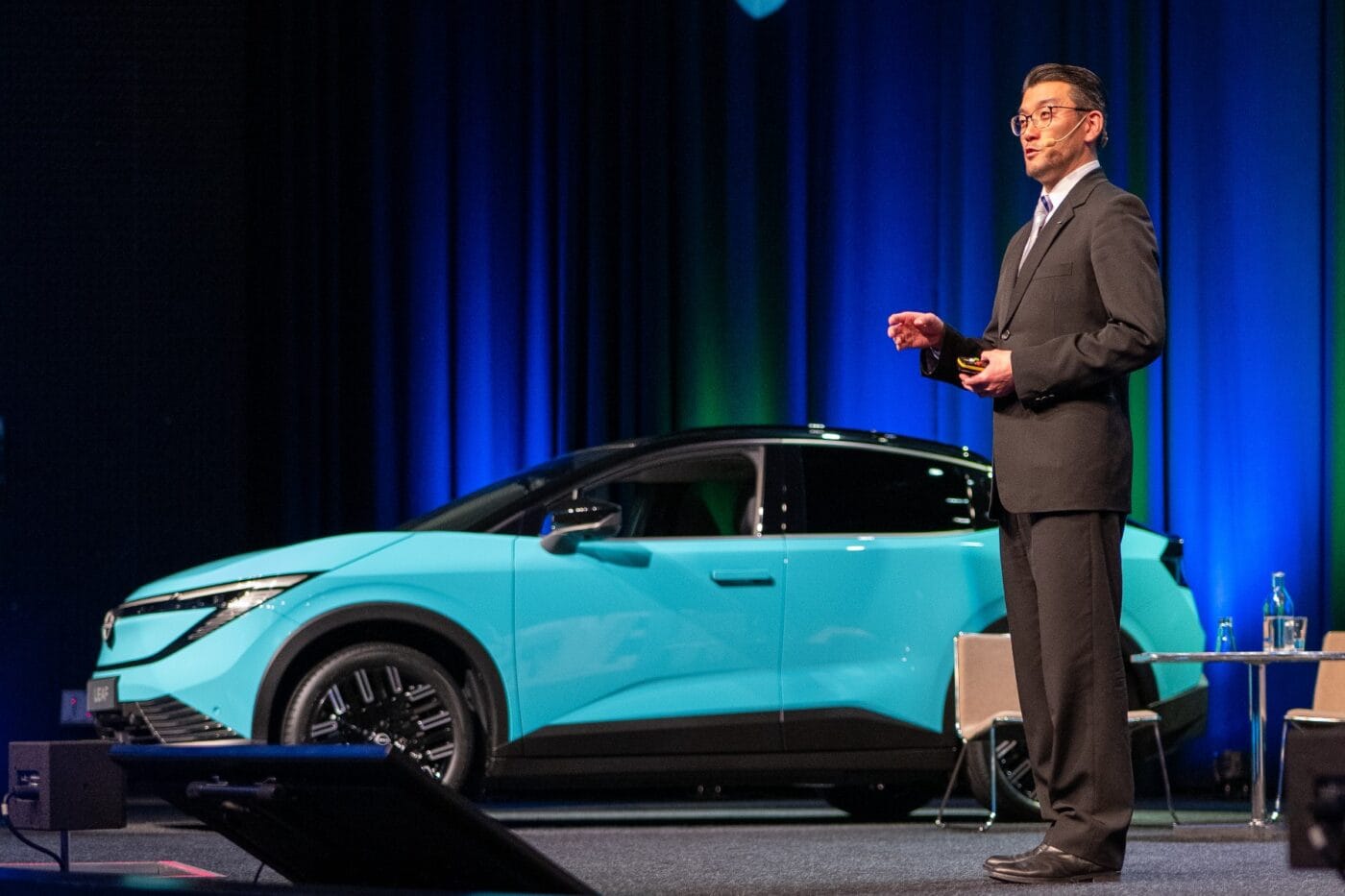
Mirando bajo el chasis: ¿Cuáles son los tres avances técnicos más significativos que diferencian al nuevo Leaf del modelo original de 2010?
En realidad, lo es todo. Era muy difícil conducir 800 kilómetros con el Leaf de primera generación. No tenías la densidad de energía que tenemos hoy. La aerodinámica no era tan buena como lo es con el nuevo Leaf, y la eficiencia eléctrica del tren motriz eléctrico no estaba al nivel que tenemos ahora. Así que estos son los principales avances tecnológicos que vemos con el nuevo Leaf: mejor densidad energética de la batería, aerodinámica mejorada y una eficiencia del tren motriz eléctrico mucho mayor.
¿Qué ventajas ofrece la nueva plataforma "AmpR Medium" para el último Nissan Leaf?
La nueva plataforma, que también se utiliza para el Ariya, tiene una distancia entre ejes más corta. Es una plataforma totalmente plana, lo que nos permite almacenar más batería en un espacio bastante similar al del Leaf de segunda generación. Aquél tenía 60 kWh, y ahora estamos en 75 kWh. Otra ventaja es la colocación de la unidad HVAC [nota del editor: Calefacción, Ventilación y Aire Acondicionado]. Con la nueva plataforma, se ha trasladado al vano motor, por lo que incluso con una batería más grande debajo, el espacio para los pasajeros ha aumentado. Por ejemplo, hay mucho más espacio entre el conductor y el pasajero porque la unidad de climatización no está en medio, y los pasajeros traseros ganan unos 80 mm de espacio extra para las rodillas. El espacio para los hombros también ha mejorado gracias a este ingenioso embalaje.
Y desde un punto de vista práctico, ¿qué significa esto para los clientes de a pie?
Significa, por ejemplo, que con esos 80 mm extra de espacio para las rodillas, ya no tendrá que mover el asiento del acompañante o del conductor para instalar un asiento infantil orientado hacia atrás. Antes, con el Leaf, para instalar los asientos infantiles más modernos y seguros, a menudo había que ajustar los asientos delanteros para que encajaran correctamente. Así que ese es un claro ejemplo de cómo satisface las necesidades de los clientes modernos.
Se dice que la batería más grande, de 75 kWh, ofrece más de 600 kilómetros de autonomía. ¿Cómo lo ha conseguido y qué papel desempeña la eficiente cadena cinemática?
Hemos estado repitiendo las pruebas de certificación y homologación, y vemos sistemáticamente resultados de 604 kilómetros con la batería más grande. La velocidad media WLTP es de unos 50 km/h, por lo que, aunque la aerodinámica es importante, la eficiencia eléctrica es el factor principal. Una menor resistencia interna en la batería y una mayor eficiencia en el tren motriz eléctrico contribuyen a la autonomía WLTP.
Para la conducción a alta velocidad, como a 130 km/h en autopista, la resistencia aerodinámica se vuelve dominante. Hemos conseguido que el coche sea muy resbaladizo, con un valor Cd de 0,25, que para nosotros es la máxima referencia. Así que tanto la mejora de la eficiencia eléctrica como de la aerodinámica hacen que el coche sea más eficiente en general.
Usted ha dicho que hay un nuevo motor especial en el Leaf. ¿Qué lo hace tan eficiente?
Revisamos el estator y el rotor -los componentes internos- y optimizamos dónde colocar los imanes de la forma más eficiente. El motor tiene un volumen muy pequeño porque queríamos reducir el uso de materiales de tierras raras. Hicimos muchas simulaciones para lograr la forma y la colocación óptimas de los imanes. En segundo lugar, en el interior del inversor, en lugar de utilizar IGBT, revisamos el diseño y los materiales de los chips que transfieren la energía, lo que dio como resultado una mayor eficiencia general.
¿Este motor fue desarrollado internamente o comprado?
Al fin y al cabo es un motor comprado, pero lo hemos codesarrollado con el proveedor.
En cuanto a la potencia de carga, la carga máxima en corriente continua de 150 kW no parece tan impresionante. Para un nuevo VE que se lanzará en 2025, ¿no es más bien poco?
Sin duda esperamos esa pregunta. Pero quiero hacer hincapié en que el Leaf tiene una curva de carga plana. Por ejemplo, con la gestión térmica, carga de forma constante en torno a los 150 kW. En números, 15 minutos de carga le dan aproximadamente 250 km de autonomía WLTP. Y en 30 minutos, de 10% a 80% SOC, se obtienen unos 420 km de autonomía. Así que, en nuestra opinión, no es poco. Esta capacidad de carga permite al coche cubrir distancias similares a las de un Qashqai e-Power de más de 800 km, llegando quizá diez minutos más tarde. Esa es la perspectiva que hay detrás de estas cifras.
Pero, ¿por qué no optó por un sistema de 800 voltios?
800 voltios siempre está en nuestro radar, y lo estamos considerando. Pero para este tamaño de vehículo, tamaño de batería y objetivos de rendimiento, realmente no necesitábamos pasar a 800 voltios.
El primer Nissan Leaf tuvo problemas con la gestión térmica de la batería. ¿Qué pueden esperar los clientes de la tercera generación del Leaf en condiciones de verano e invierno?
Los Leaf de primera y segunda generación tenían baterías refrigeradas por aire, y en determinadas situaciones la carga o la regeneración eran limitadas. El Leaf de tercera generación tiene ahora una batería refrigerada por líquido, por lo que siempre puede funcionar a su temperatura óptima. Si hace mucho frío fuera, calentamos la batería; si hace calor, la enfriamos. Queremos un rendimiento de carga constante en todas las condiciones. La hemos probado exhaustivamente en los países nórdicos durante el invierno y en el sur de Europa en pleno verano, y el rendimiento de carga ha sido muy constante.
Si observamos la evolución mundial de la movilidad eléctrica, ¿qué mensaje envía el nuevo Nissan Leaf, 15 años después del modelo original?
El nuevo Leaf es un paquete convincente que compite con muchos otros OEM. Atrae a los clientes que ya son aficionados a los VE y a los que aún están decidiendo si pasar de la e-Power o la combustión interna. Los viajes familiares de larga distancia fueron un factor clave, especialmente en Europa, y ahora tenemos un producto que satisface las demandas actuales.
Otro elemento nuevo es la función V2G. Anteriormente, con el primer Leaf, ofrecimos V2H. Ahora, vamos a ofrecer la función de vehículo a red, que esperamos que beneficie a las tarifas eléctricas domésticas y ayude a integrar más energías renovables en la red.
Por último, el Leaf no es el único recién llegado, ya que Nissan lanzará otros modelos. ¿Cuál de los nuevos VE será el más importante para los clientes europeos?
Para mí, en este momento es definitivamente el nuevo Leaf. Puede que más adelante me enamore del Juke o de otro modelo, pero a día de hoy, después de más de 20 años trabajando en Nissan, el nuevo Leaf es con diferencia el mejor coche que he desarrollado. Estoy muy seguro de que será bien aceptado por nuestros clientes.
Sr. Shigemoto, gracias por esta entrevista.



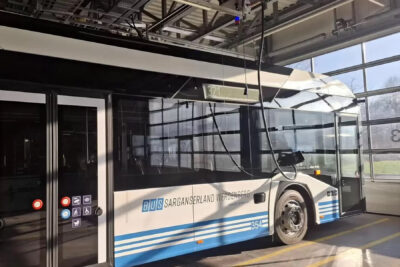

2 Comentarios